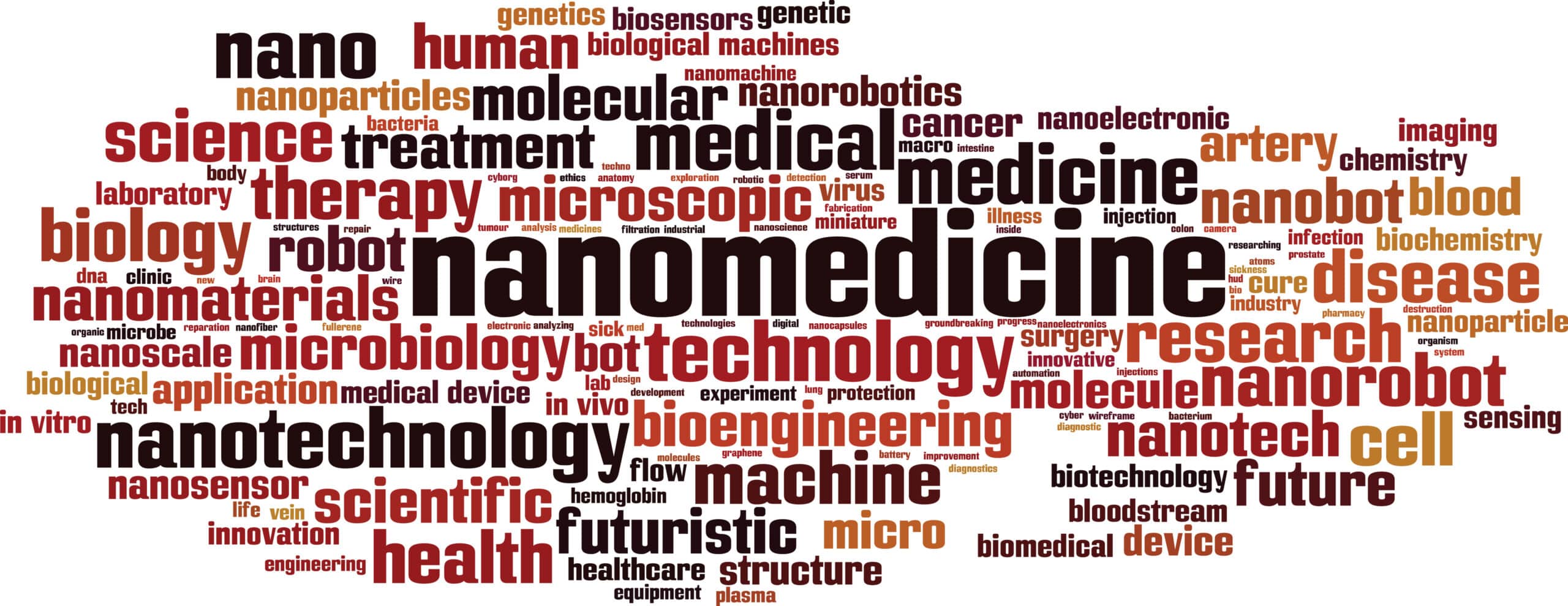The group of researchers are reporting the rapid isolation and characterization of nanobodies from a synthetic library called sybodies that target the receptor-binding domain of the SARS-CoV-2 spike protein. For the virus hooks onto a cell surface the spike protein binds ACE2 using three protrusions called receptor binding domains, therefore blocking RBDs has the potential to stop the virus from entering human cells, and this can be done using antibodies.
Nanobodies are promising as tools to utilize against viruses due to their high stability and small size. Obtaining these small antibodies from camels and llamas is time-consuming but thanks to technological advances have brought about the rapid selection of synthetic nanobodies called sybodies. The lab of Markus Seeger, Ph.D., assistant professor at the University of Zurich, has recently developed a platform to select sybodies from a large synthetic library.
In search of the best sybody to use against SARS-CoV-2 researchers searched through the existing libraries to find sybodies that could block SARS-CoV-2 from infecting human cells. To begin the viral spike protein’s RBD was used as bait to select those that bind to them, then the team tested the selected sybodies according to stability, effectiveness and precision of binding. Among the best binders, sybody-23 was particularly effective in blocking the RBDs.
“Several binders with low nanomolar affinities and efficient neutralization activity were identified of which Sb23 displayed high affinity and neutralized pseudovirus with an IC50 of 0.6 µg/mL,” the researchers wrote.
To investigate how sybody-23 interacts with the viral RBDS, the team analyzed the binding of the sybody to the RBDs by using small-angle X-ray scattering and cryo-EM to determine the structure of the full SARS-CoV-2 spike bound to sybody-23. The cryo-Em structure of the spike bound to sybody-23 showed that “sybody 23 binds competitively in the ACE2 binding site,” the team wrote noting that “the cryo-EM reconstruction revealed an unusual conformation of the spike where two RBDs are in the ‘up’ ACE2-binding conformation.”
When the RBDs switch between 2 positions: in the up position the RBDs poke out ready to bind to ACE2, but when in the down position they are furled to hide from the human immune system. The molecular structure revealed that sybody-23 is able to bind to RBDs in both positions and blocks the areas where ACE2 would normally bind; the ability to block RBDs regardless of the position may explain why sybody-23 is so effective.
To test if sybody-23 could neutralize a virus the team used a virus called lentivirus which was modified to carry SARS-CoV-2’s spike protein on its surface. The team observed that sybody-23 was able to successfully disable the modified virus in vitro, but additional testing is required to confirm whether this sybody can stop SARS-CoV-2 from infecting the human body.
“The collaborative spirit has been enormous in these times, and everybody was motivated to contribute,” said Löw. The researchers started the project as soon as they received approval from EMBL leadership to reopen their laboratories during the COVID-19 lockdown. They managed to select the candidate sybodies and perform the analyses in just a few weeks.
“Getting the results so quickly was only possible because the methodologies we used had already been established for other research projects unrelated to SARS-CoV-2. Developing these tools would have taken significantly more time and resources,” said Löw.
This collaborative research was conducted by Christian Löw, Ph.D., group leader at EMBL Hamburg, researchers in the group of Dmitri Svergun, Ph.D., senior scientist at EMBL Hamburg, Martin Hällberg, Ph.D., at the Karolinska Institutet, and the group of Ben Murrell at the Karolinska Institutet. Their findings present a promising potential way to treat COVID-19; further analyses are planned to confirm whether sybody-23 could be an effective treatment.




